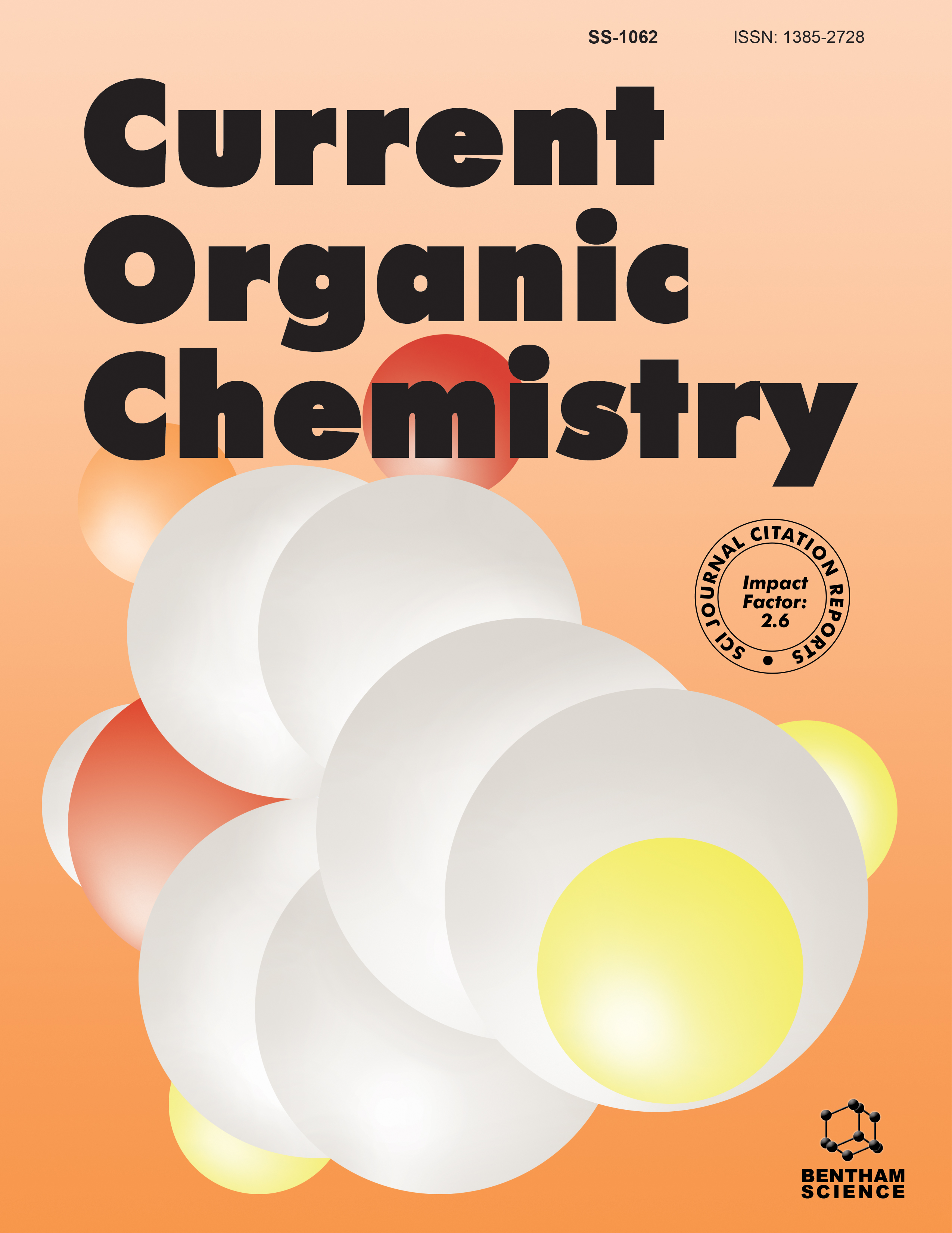- Home
- A-Z Publications
- Current Organic Chemistry
- Previous Issues
- Volume 9, Issue 5, 2005
Current Organic Chemistry - Volume 9, Issue 5, 2005
Volume 9, Issue 5, 2005
-
-
An Overview of Synthetic and Biological Studies of Ambruticin and Analogues
More LessAuthors: Veronique Michelet and Jean-Pierre GenetAmbruticin is a unique example of antibiotics isolated from the fermentation media of gliding bacteria. Since the last decade, it has emerged as one of the most intensively studied derivative due to its oral antibiotic properties and due to its unique architecture. This structurally exceptional molecule bearing ten stereogenic centers contains a tetrahydropyranyl ring, a divinylcyclopropyl ring, and a dihydropyranyl ring linked t Read More
-
-
-
Synthesis and Biological Activity of Prostaglandin Analogs Containing Heteroatoms in the Cyclopentane Ring
More LessProstaglandins (PG's) are a very important class of naturally occurring physiologically active substances, which have been the subject of continuous attention by biologists, pharmacists and chemists since their discovery in the 1930s. Pharmacological studies have shown that prostaglandins exhibit an extremely broad spectrum of activity such as on the smooth muscles of various organs, their mediating role in the central an Read More
-
-
-
Organodilithium Intermediates as Useful Dianionic Synthons: Recent Advances
More LessAuthors: F. Foubelo and M. YusThis review will update the use of organodilithium intermediates in synthetic organic chemistry, paying special attention to their use in carbon-carbon bond forming reactions, in which two equal or different electrophiles are introduced (at once or in a two-step process) in the structure of the starting material. This methodology allows the generation of polyfunctionalized organic molecules in a very direct manner through o Read More
-
-
-
Synthesis of New Supramolecular Polymers Based on Glycosylated Amino Acid and Their Applications
More LessAuthors: Srinivasulu R. Krishna Mohan and Itaru HamachiN-acetyl-galactosamine appended amino acid esters, the new biomaterials are hydrogels formed through the supramolecular assembly in water. They consist of small molecule with hybrid structure. At one end, these molecules contain a polar moiety that is hydrophobic due to its favourable interaction with water and at the other end, two non-polar moieties forming a hydrophobic group are linked through an aminoacetate u Read More
-
Volumes & issues
-
Volume 29 (2025)
-
Volume 28 (2024)
-
Volume 27 (2023)
-
Volume 26 (2022)
-
Volume 25 (2021)
-
Volume 24 (2020)
-
Volume 23 (2019)
-
Volume 22 (2018)
-
Volume 21 (2017)
-
Volume 20 (2016)
-
Volume 19 (2015)
-
Volume 18 (2014)
-
Volume 17 (2013)
-
Volume 16 (2012)
-
Volume 15 (2011)
-
Volume 14 (2010)
-
Volume 13 (2009)
-
Volume 12 (2008)
-
Volume 11 (2007)
-
Volume 10 (2006)
-
Volume 9 (2005)
-
Volume 8 (2004)
-
Volume 7 (2003)
-
Volume 6 (2002)
-
Volume 5 (2001)
-
Volume 4 (2000)
Most Read This Month
Article
content/journals/coc
Journal
10
5
false
en


